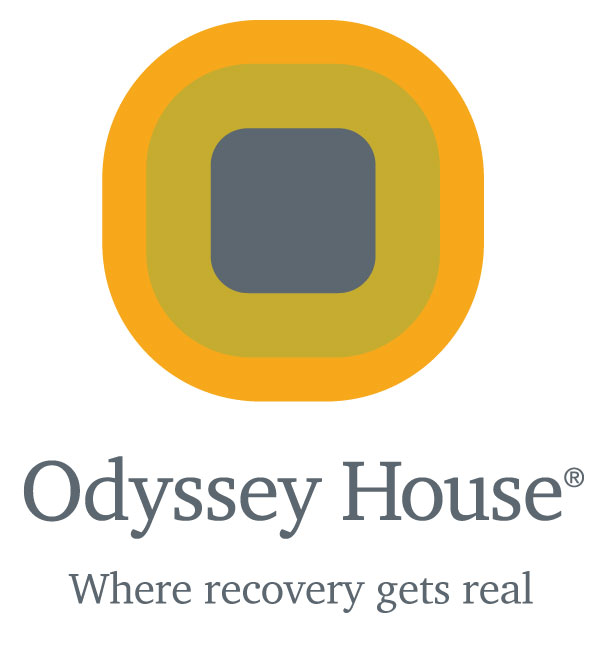DETOX MEDICATION INFORMATION
Odyssey House does not offer detoxification services, but we can refer you to a place that does.
And when you’re ready, we’ll be here to get you the follow up treatment you need, either in one of our residential programs or in our outpatient clinic.
Medical detoxification safely manages the acute physical symptoms of withdrawal associated with stopping drug use. However, medical detoxification is only the first stage of addiction treatment and by itself does little to change long-term drug use. Although detoxification alone is rarely sufficient to help addicts achieve long-term abstinence, for some individuals it is a strongly indicated precursor to effective drug addiction treatment.
Antabuse
Antabuse (disulfiram) is a medication that treats chronic alcoholism. It is most effective if you have already gone through detoxification or are in the initial stage of abstinence. If you take Antabuse while intoxicated, or less than 12 hours after drinking alcohol, you will experience unpleasant side effects (nausea, headache, vomiting, chest pains, difficulty breathing) as soon as ten minutes after drinking even a small amount of alcohol and can last for an hour or more. It also reduces your withdrawal symptoms and helps you maintain your sobriety.
Buprenorphine
Buprenorphine is commonly used to treat opioid use disorders to reduce the effects of withdrawal. The person who takes buprenorphine feels normal, not high. However, the brain thinks it is receiving the problem opioid, so withdrawal symptoms stay away. Buprenorphine also reduces cravings. If cravings continue to be a problem, your doctor will adjust your medication or help you find other ways to reduce them. There are several forms of buprenorphine, including Subutux, a film that dissolves under your tongue; Bunavail (buprenorphine and naloxone*) a film that is absorbed by your cheek; Suboxone (buprenorphine and naloxone), which also dissolves under your tongue; and Zubsolv (buprenorphine and naloxone), a tablet that dissolves under your tongue.
*Naloxone is often added to buprenorphine to decrease the likelihood of misuse of the combination drug product.
Naloxone
Naloxone (Narcan) is used to prevent overdose by opioids such as heroin, morphine, and oxycodone. It blocks opioid receptor sites, reversing the toxic effects of the overdose. If you show signs of opioid overdose, naloxone can be administered by intranasal spray, intramuscular (into the muscle), subcutaneous (under the skin), or intravenous injection.
Naloxone is also added to buprenorphine to decrease the likelihood of misuse of the combination drug product.
Naltrexone
Naltrexone is used to treat both opioid and alcohol use disorders. You may be prescribed naltrexone as daily pill (ReVia, Depade) or monthly injection (Vivitrol). Naltrexone blocks the euphoric and sedative effects of drugs such as heroin, morphine, and codeine. If you relapse and use the drug, naltrexone will prevent you from the feeling of getting high.
866-888-7880 Get help now, for you or someone you love.
We’ll help you find a way, regardless of your ability to pay.
What’s the difference between casual use and addiction?
How can you help a loved one who is struggling with addiction?
Need to talk? We’re here to help you, not to judge you.
Want to help? Join us in helping fellow New Yorkers in need.

